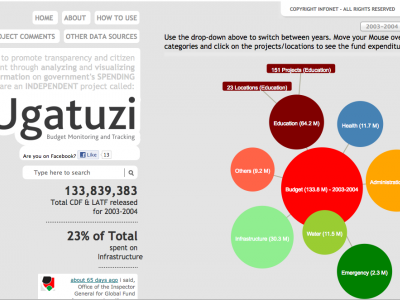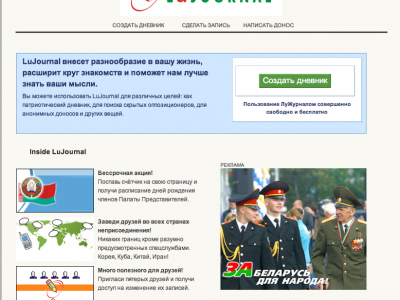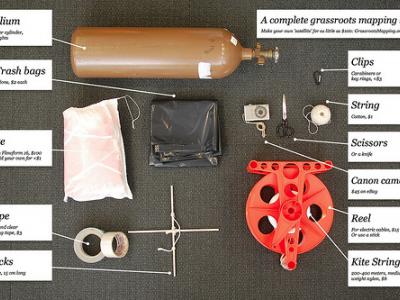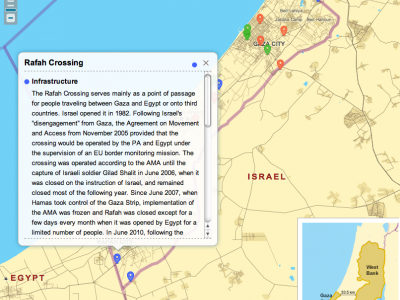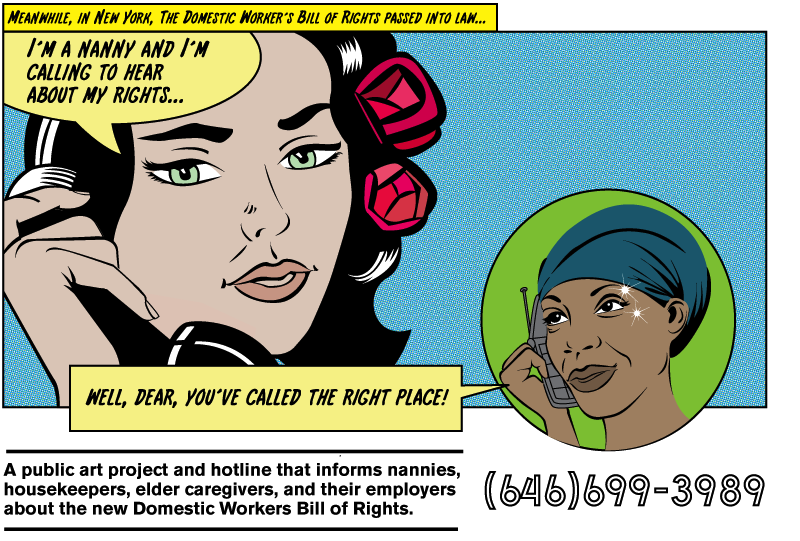
Simply speaking, they are the most popular, and most widely used, form of communication technology we've ever seen: it is estimated that 86% of the world's population are now using mobile phones, so the communities you work with are almost certainly also using this technology.
Mobile devices are also helping people overcome barriers to internet access caused by poor infrastructure – it is predicted that 69% of mobile phones in Africa will have internet access by 2014.
Why use it?
For those without smartphones, applications like Binu are making it possible for users of standard phone users to access Facebook, Twitter and even the draft Zimbabwean constitution. In Ghana, Kenya, and Nigeria Google has made it possible for people to access email via text message – making it possible to send and receive emails without an internet connection using only a basic mobile phone.
There's been a rush of interest in mobile phones in many sectors – with initiatives dedicated to the use of mobile phone technology in health, education and agriculture, and to support women's economic development.
How can I use it in my campaign?
For NGOs wanting to use mobile phone technology, the diversity of mobile platforms, networks, devices and operating systems makes it challenging to develop a 'one size fits all' mobile campaigning strategy, or even to know where to start incorporating mobiles into their work.
This section will not cover all the mobile phone tools, platforms and apps that you could use for advocacy; rather, it will focus on some inspiring uses of mobile phones by NGOs around the world, who have used this technology to help the communities they work with engage in civil society and democratic processes. This section will also explore the strategic issues you'll need to think about if you want to take action with mobile phones yourself.
Case studies
1. Mobiles on the front line
Mobile phones have grabbed headlines as a tool for human rights defenders and for those involved in large scale political mobilisation in recent years.
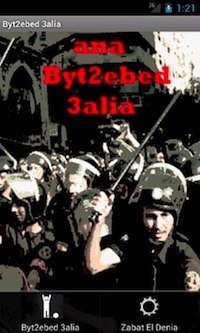
For human rights advocates, mobile phones are now a vital tool – whether they are in Syria, livestreaming footage via Bambuser, or using apps like 'I'm Getting Arrested' in the US, or Byt2abad 3alia in Egypt, which allow protesters being arrested to send a text message alert with their location to a group of contacts with a simple click.
But the use of these apps has also demonstrated the dangers involved in using easily-traced mobile communication -- Bambuser feeds, for example, have led Syrian authorities to locations where users were broadcasting.
2. Transparency and accountability
In the Democratic Republic of Congo, mobile phones were used as part of a participatory budgeting project by the World Bank– people were invited to meetings to discuss budget allocations for provincial government via text message, and then allowed to vote via text message on their priorities for government spending.
The World Bank project in the Democratic Republic of Congo was unusual in that it sent messages to all numbers receiving a signal from a particular tower – so you didn't have a choice whether you received a message or not. This kind of 'blanket texting' is not a good strategy for advocates – people will likely experience these messages as unwanted Spam. Always provide a way for users to unsubscribe from your messages, and think carefully about targeting communications to target audiences.
3. Surveys and feedback
Mobile phones have been used by Unicef in Uganda to run the Ureport project, giving young people a voice in local democracy using the RapidSMS framework. Young people sign up via text message to become a volunteer ‘U-reporter’, sharing their observations and ideas via mobile phone on a wide range of development issues, including outbreaks of disease, safe water, early marriage, education, health and inflation. A poll on female genital mutilation in February 2013 had more than 20,000 responses.
4. Monitoring
During elections in Sierra Leone and Senegal, technologists worked with networks of local election monitors to conduct large-scale election monitoring projects via text message. This large-scale project allowed monitors to submit coded reports via text message, and the data was then verified by teams of local experts and displayed on a map. The map showed voter demographics (including numbers of female voters and voters with disabilities), turnout and irregularities in other data. The success of this project – with thousands of verified reports -- was attributed to the strength and commitment of the local civil society networks.
Salonevote.com used crowdmapping techniques to display real-time citizen-sourced data on a map. While their specific project required dedicated software, there are tools available from the Ushahidi project which allow you to set up your own crowdmaps and analyse and verify the data you collect. The software can also be used in conjunction with Frontline SMS. Crowdmap is a cloud-based crowdmapping platform which is simple to set up and use.
Ushahidi allows for more customisation, and requires a server. SwiftRiver enables the filtering and verification of real-time data from channels such as SMS, Email, Twitter and RSS feeds.
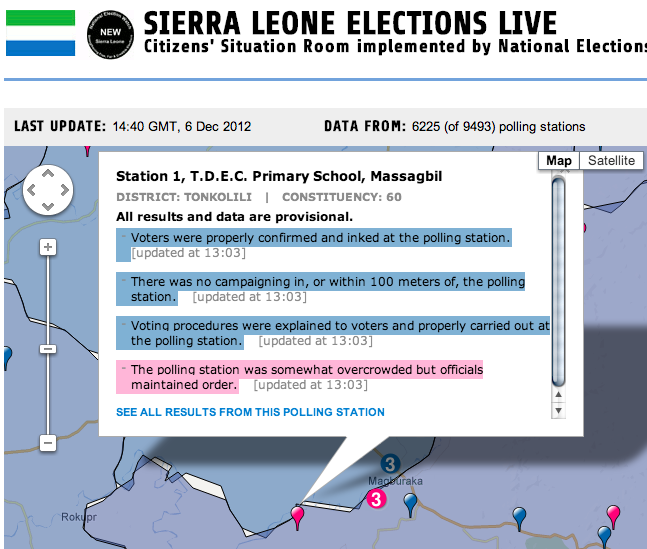
How can I use mobile phones in my campaign
When thinking about getting started with mobile phones in your campaign or advocacy work, you need to consider four things:
- Campaign goals
- Audience
- Context
- Technology
1. Campaign goals: what is the change you want to see?
Before you start, revisit the Campaign basics section to familiarise yourself with the foundations of campaigning.
Then think about what exactly are you hoping to do with mobile phones:
Do you need to mobilise, hold a call to action, disseminate information or provide updates on the campaign? For any of these you will need to facilitate one way communication. Tools like FrontlineSMS can help can help with this by enabling you to send targeted messages to groups of supporters.
If you need to conduct a survey, document what is happening on the ground, or co-ordinate actions and protests, you will need two-way communication. Tools like Magpi could help with this: a survey tool which runs on a wide range of different platforms.
2. Audience and stakeholders: who are you trying to connect with?
You need to find out how the communities you work with currently use their phones, to be able to design interventions that will 'fit' your intended audience.
One way of understanding these issues it to think about how you use your own phone. What kind of phone do you use? Do you use voice or text more? Do you have multiple SIMs for use on different networks? If you use a smartphone, what do you mainly use it for – do you use it for email, maps or a favourite app that lets you communicate for free? Understanding your own use of mobile phone technology will help you design a mobile intervention that will match the capabilities of your audience's phones.
You should also consider tailoring your messaging for different groups – being clear about who you want to engage, and what you want them to do as a result of your communications.
- If your audience just use text message and voice technology rather than smartphones, then you could focus on solutions that work with text message and voice technology .
- If they have internet capabilities, depending on the audience, you could also think about using Wordpress, Twitter or Facebook to post information updates about the campaign and calls to action.
You should also consider the costs of the following:
- Making voice calls
- Sending a text message
- Receiving a text message
- Using data/internet
- Communicating across mobile networks
So if, for example, communicating across mobile networks is expensive, and you are considering using a system like FrontlineSMS, then you should consider setting up dedicated phone numbers for each network to bring down costs for your users. If data/internet costs are high then your general audience are unlikely to be using their smartphones to access social networking sites or Twitter.
3. Context
Mobile advocacy can be expensive and a drain on the resources of small NGOs – so it's worth considering these context issues before you get started:
Advocacy context
Are there any potential partnerships you could nurture with organisations who are working in your sector, or who have related campaigning or advocacy goals? They may have contacts they can share with you, or may wish to collaborate on a mobile outreach programme.
Legal context
Make sure you are compliant with data protection and other relevant laws in your country if you are planning on using bulk text messaging systems. You may be required to inform people what you may do with any data you collect from them, or there may be limits on the amount of text messages you are able to send.
Political and digital security context
Remember that mobile communication is extremely easy to intercept and that mobile phones are easy to steal or lose. Extreme caution should be used when using mobile phones in sensitive contexts. Always think about how communication can put individuals at risk.
For example, if you are working on issues around domestic violence and you want to offer support to women through text or voice messaging, then you need to be sure that the women you are working with do not share their phones with individuals who may be placing them at risk. You should also be aware of the implications of bulk SMS texting without giving your constituents the option to receive information or not, especially about sensitive issues. For instance, blanket texting constituents about a new anti-corruption reporting initiative is not recommended if the fact of receiving this information endagers them by association, due to the political climate of that country, for example.
In Iran in 2012, the local currency dropped sharply in value against the dollar and mobile telephone text messages that included the word 'dollar'-- in English or in Farsi -- were censored, and these messages were not received. The Farsi word for 'foreign money' was also blocked. This shows how closely mobile communications can be subject to government surveillance.
See our Security in-a-box guides on How to use mobile phones as securely as possible and How to use smartphones as securely as possible. These include hands-on guides to a variety of useful applications for smartphones. For example, if you're using your phone to take pictures of people at demonstrations, think about using the application ObscuraCam to disguise the faces of people who do not want to be recognised from photographs. Internews has created a great resource called SpeakSafe, a media worker's toolkit for safer online and mobile practices.
In many countries, it is now compulsory to register your SIM card, leading one blogger to raise the possibility that governments might use devices called IMSI catchers (devices that track and identify mobile phone traffic) to target potential 'troublemakers' at events such as peaceful demonstrations. Recent elections in India, Ethiopia, Cameroon and the DRC have seen governments imposing text message bans – this demonstrates the power of the medium in politically sensitive contexts.
4. Technology
More than any other form of technology, mobiles are fast-moving: new devices, services and apps are coming onto the market all the time. Connectivity is also changing fast – ultra-fast 4G mobile internet is set to arrive on the African continent before much of Europe.
One of the challenging aspects of using mobiles in advocacy and campaigning work is the complexity of mobile phone tools and platforms. For example, applications that are developed to work on iPhones won't work on Android smartphones.
Depending on what combination of tools, technology skills and funds are available, you can use the following tools:
Just a Smartphone:
Magpi – for surveys orgathering data
Bambuser - for livestreaming video of events
A mobile phone and a computer:
FrontlineSMS – for sending 'bulk' text messages
A computer connected to the internet or a server:
Ushahidi or Crowdmap – for crowdsourcing witness reports
An internet connection, a mobile phone and a credit card:
Commercial services which can provide Short Codes (a short number for people to connect with you) or bulk text message service providers such as Clickatell.
What's your capacity?
In the same way that you've considered your audience's use of phones, thinking about the technical capacity of your organisation will help inform your mobile advocacy strategy. For example, if you have access to some technical expertise you could think about setting up a system like FrontlineSMS, which is designed for NGO use. Quick and informative technical support is offered through the FrontlineSMS forum.
If you have some funds available, often the easiest route is to use a commercial text message provider. When choosing a provider, make sure they have a sense of the needs of NGOs as opposed to private companies, and see if you can get a reduced rate as a not-for-profit organisation. If you work for a local branch of a large national or international NGO, see if your head office can negotiate a reduced rate from a commercial provider.
What about voice?
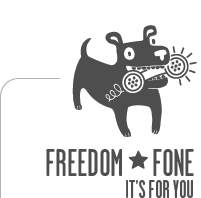
In recent years some exciting projects have been developed using Interactive Voice Response (IVR) Systems. These systems – where a user can dial in to receive recorded information – are great for connecting with illiterate communities or for delivering complex, confidential information such as sexual health information.
In Zimbabwe, the Freedom Fone system developed for NGO use has been used across Africa and elsewhere for a wide variety of uses. Whilst the system is still quite complex to use, and requires dedicated hardware, it has been well documented at the Floss Manuals site and on their own site.
In the US, the New Day, New Standard IVR system was set up to provide an interactive hotline informing nannies, housekeepers and their employers about their rights under a new piece of legislation.
These systems are currently quite challenging to use but they are becoming more accessible: the VOIP Drupal project is bringing IVR functionality to Drupal sites, while Freedom Fone is planning a cloud version of their software to make it easier for users to deploy.

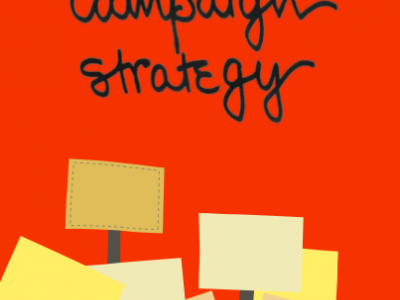
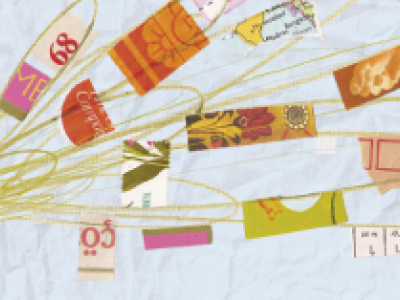
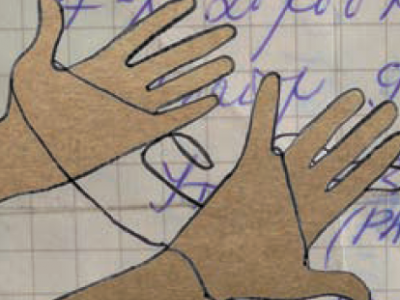
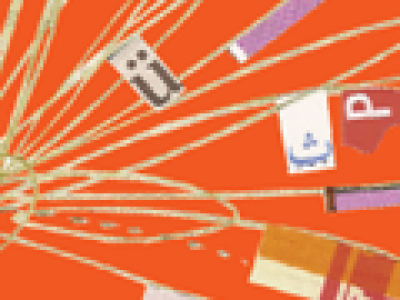
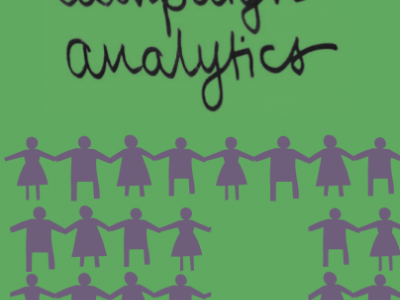

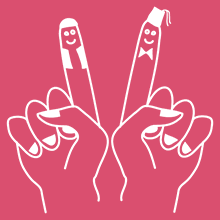










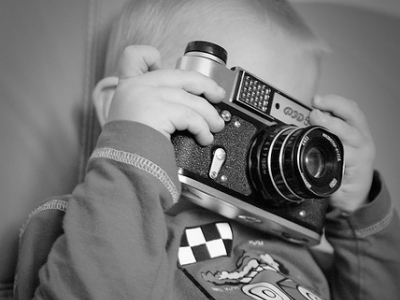



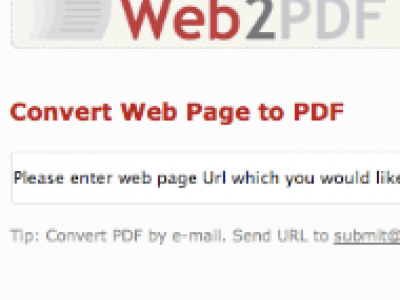
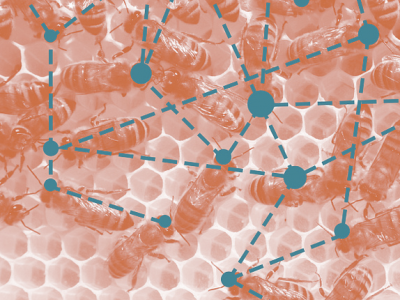
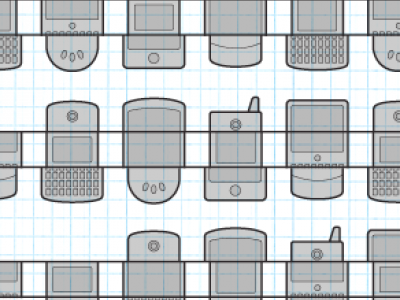
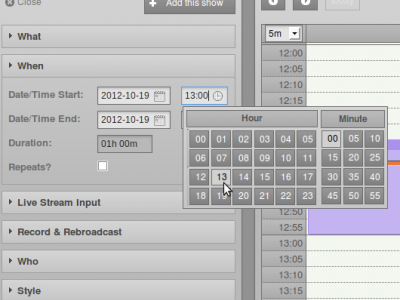

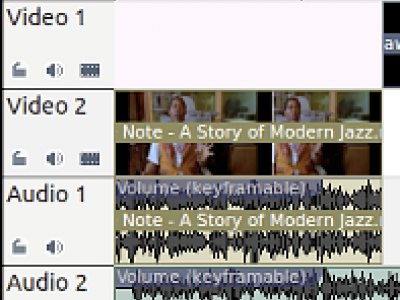
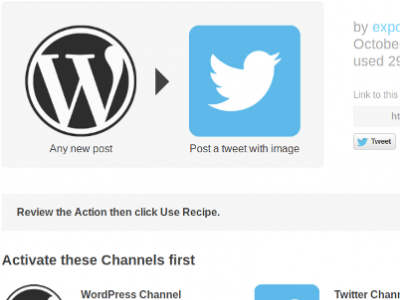
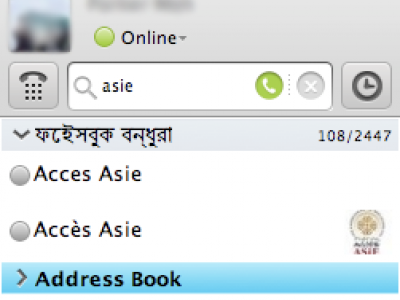
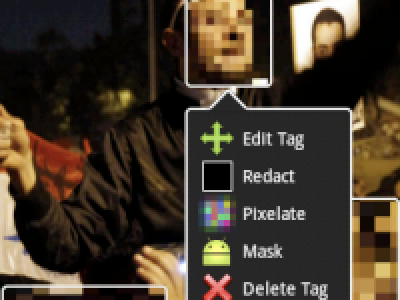

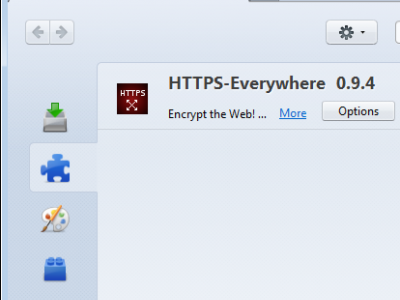
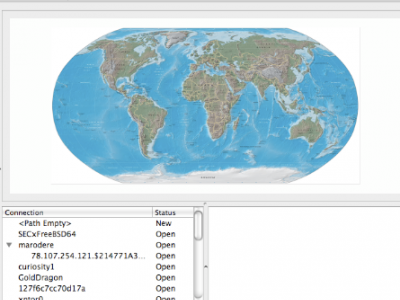
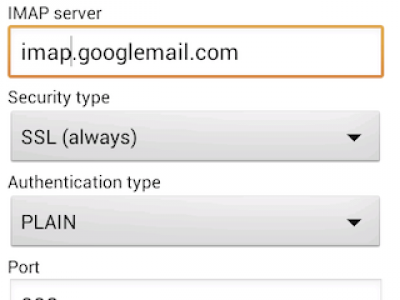
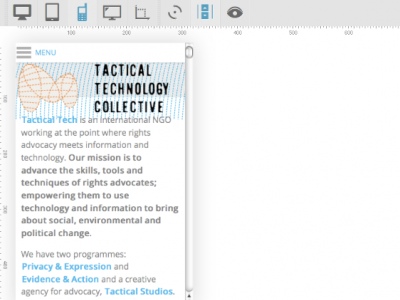
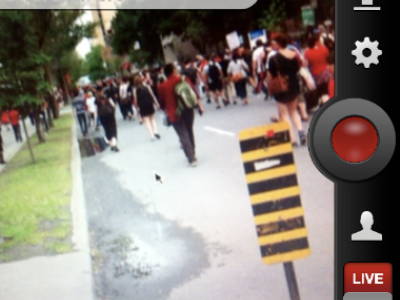
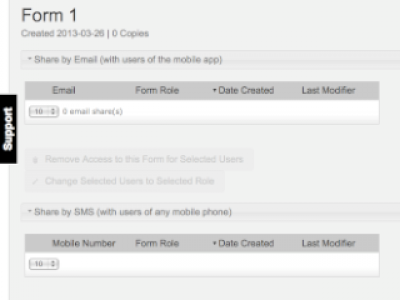
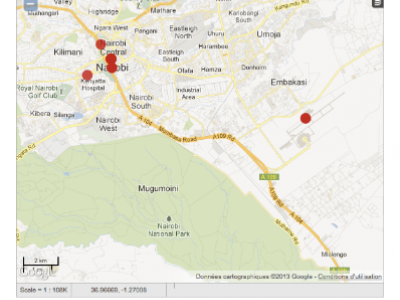

.png%3Fitok=rF0KWQB6)
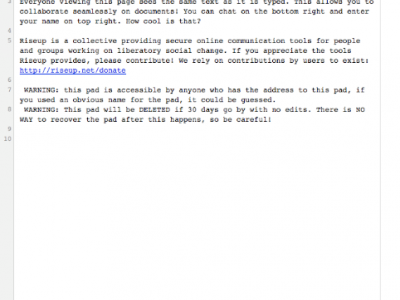
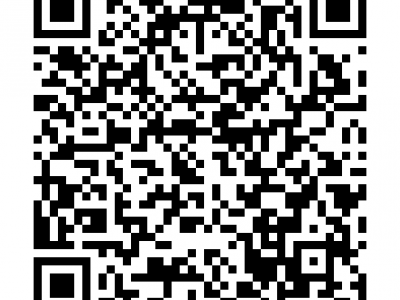
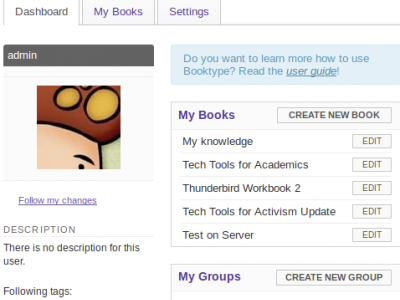
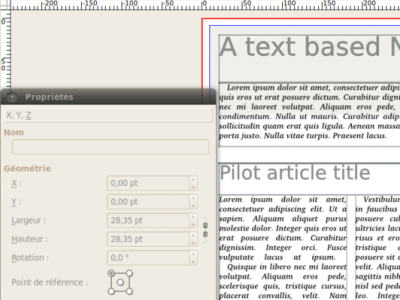

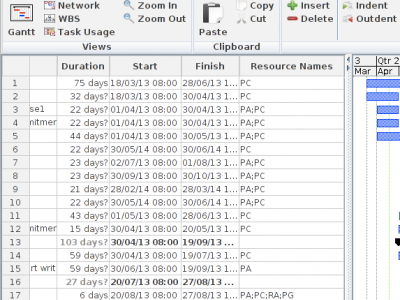
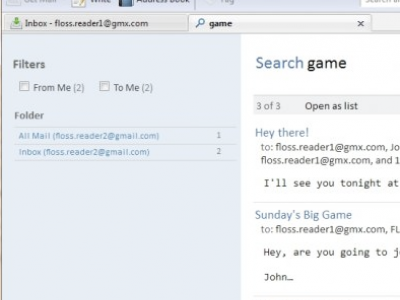
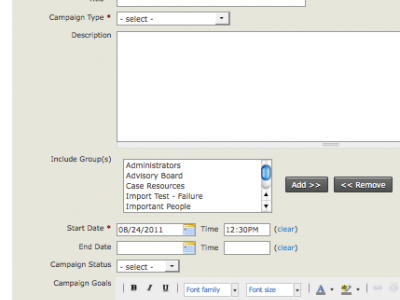
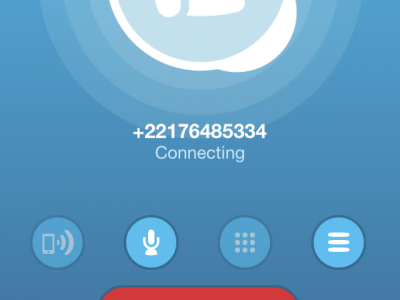
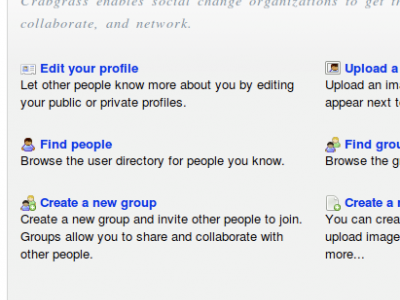

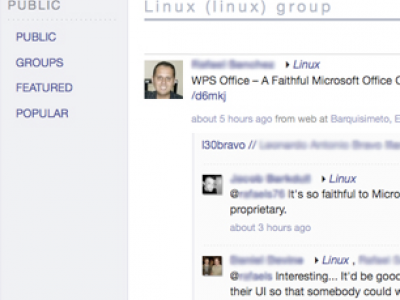
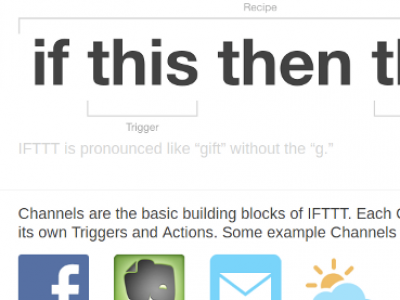

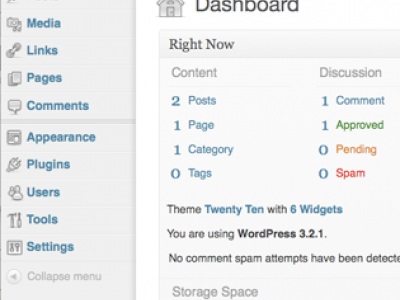

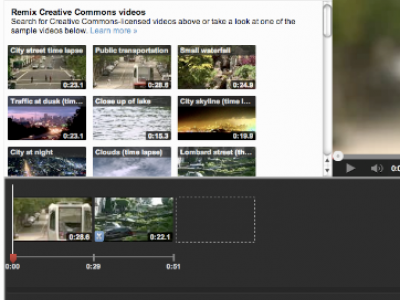
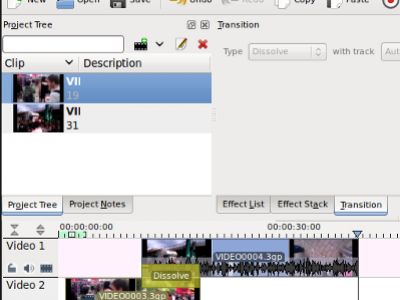
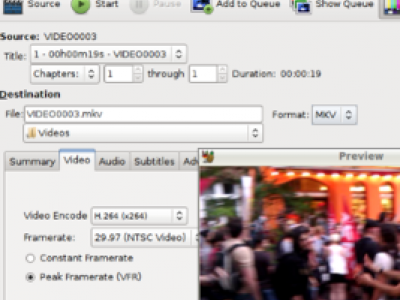
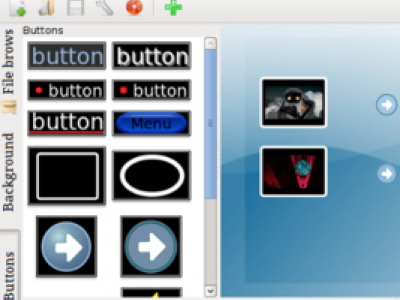



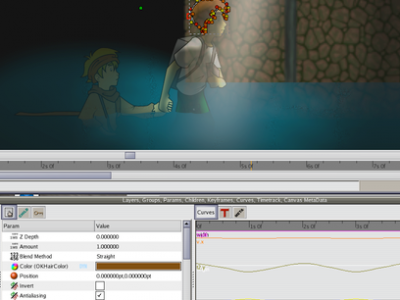
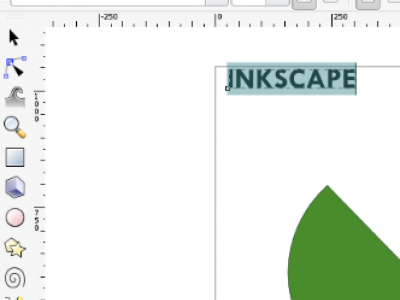
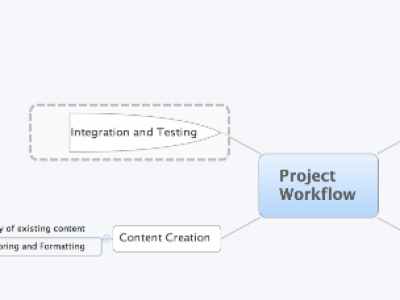
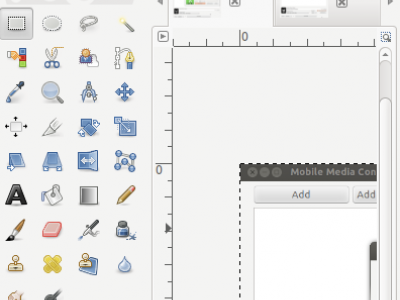
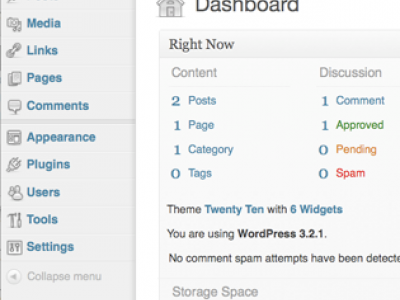
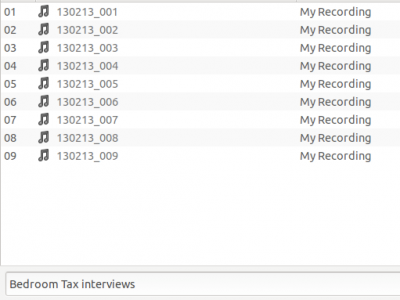
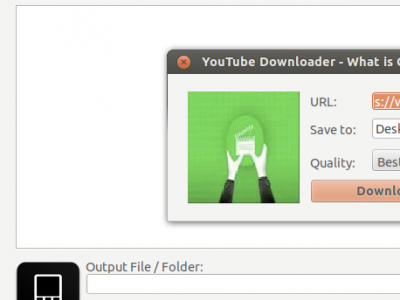


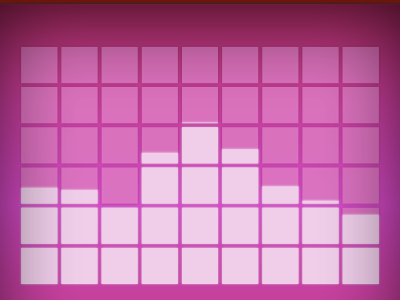
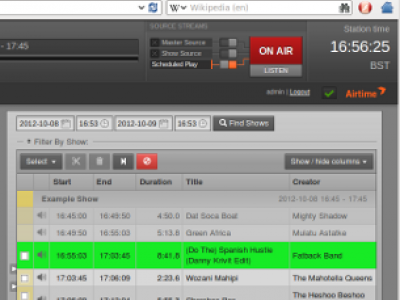
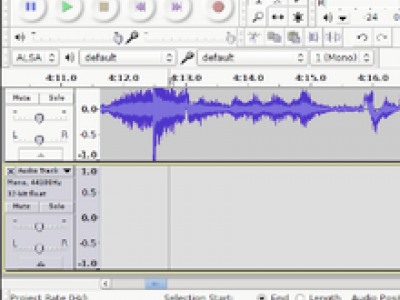
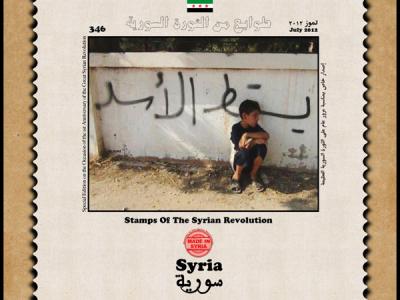


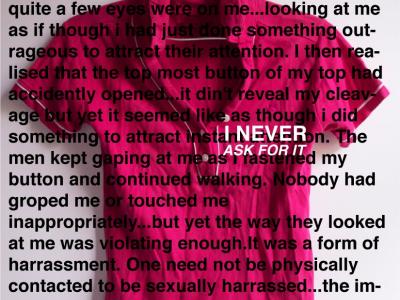



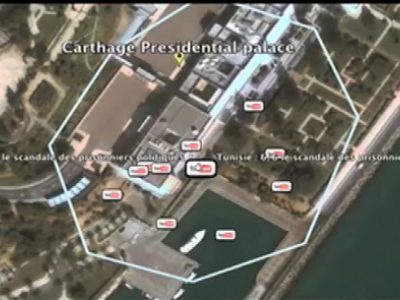
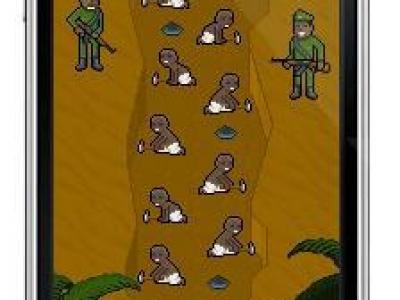



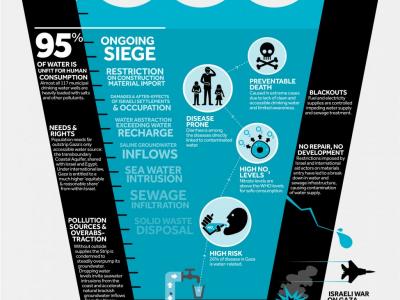
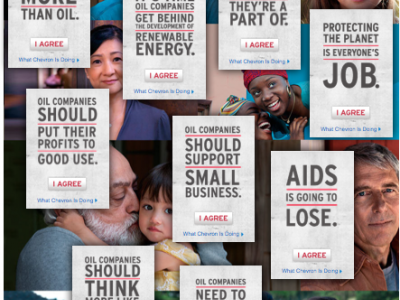
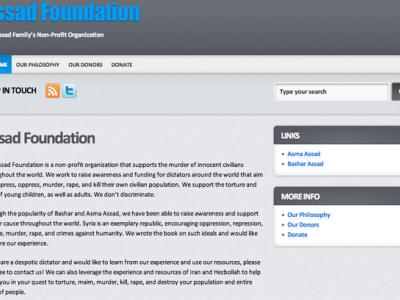
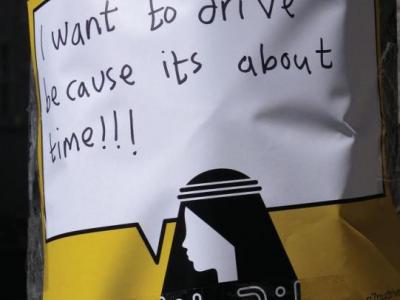
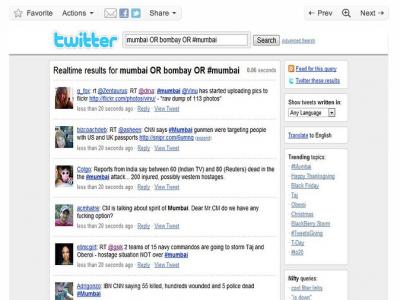


.jpg%3Fitok=pXDTLHzY)
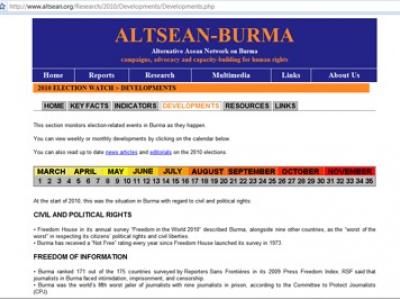


.jpg%3Fitok=3tJxk_zi)
.jpg%3Fitok=AIh9YY_n)
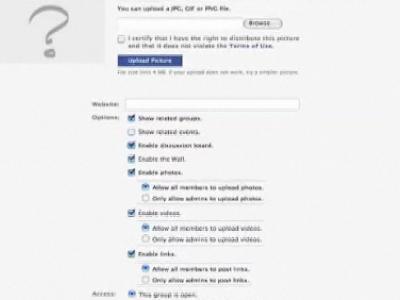
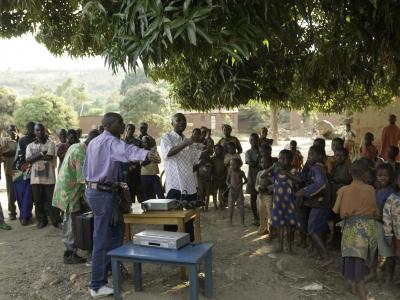
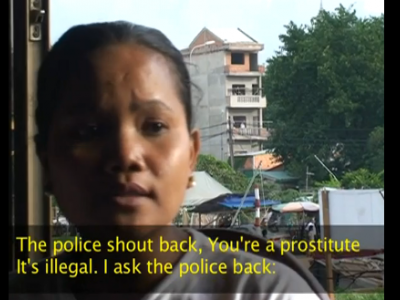
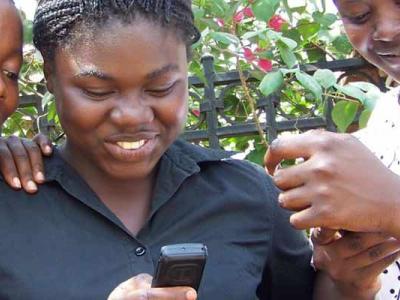
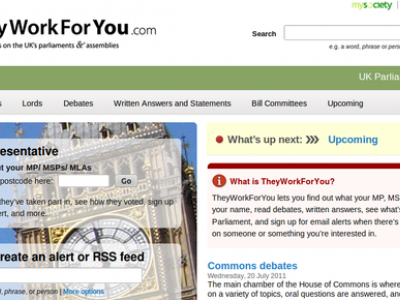


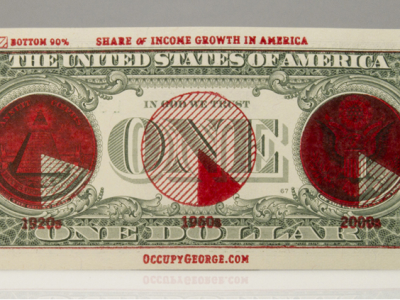
.jpg%3Fitok=1X702tBf)
